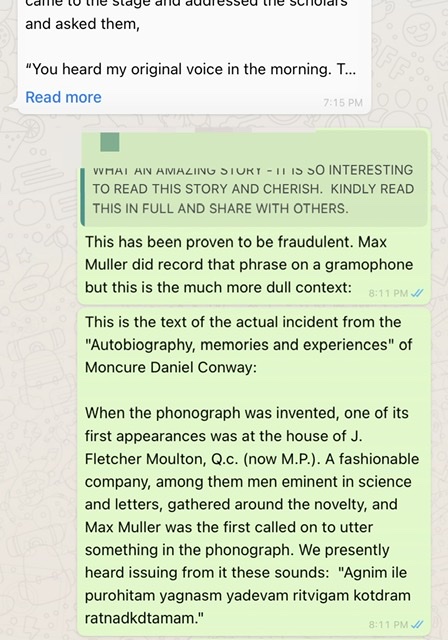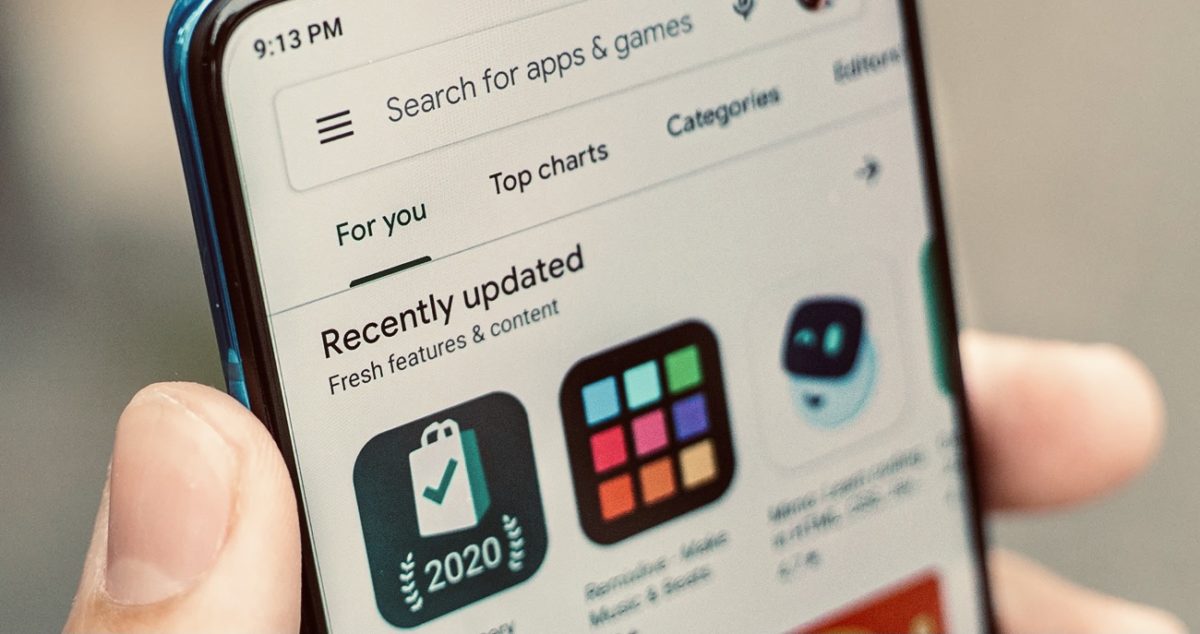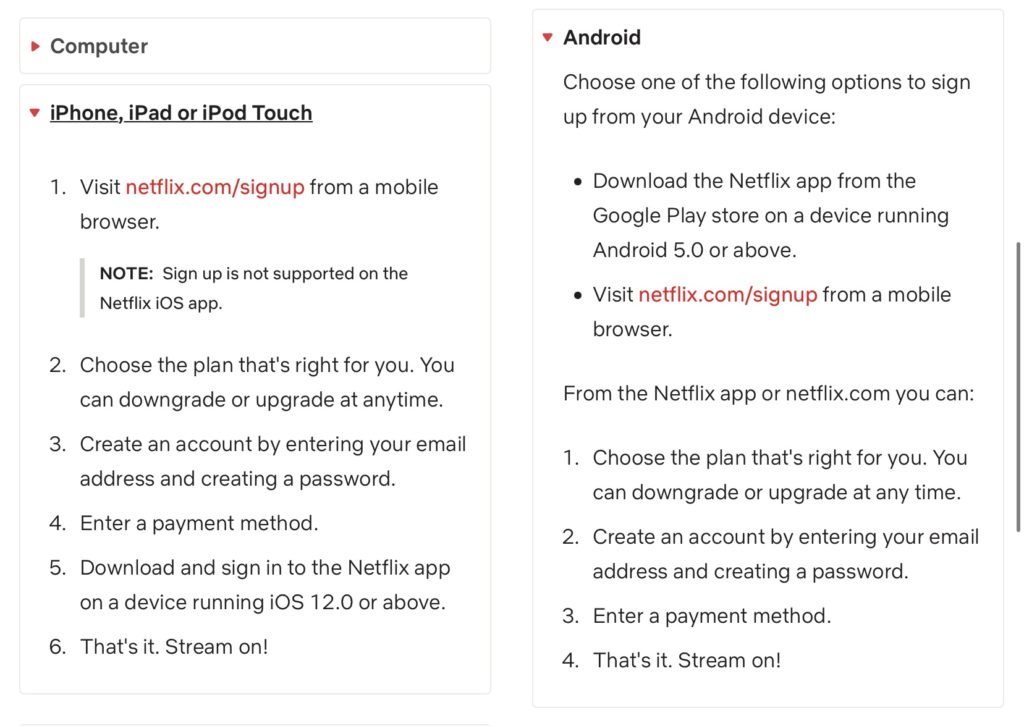In a powerful essay that explains the moats that people who publish can create around their work, the reasons behind audience loyalty. This applies to whether the work is writing, video, podcasts or other mediums. I’ve summarised my understanding of the seven points the writer makes:
- Scale works differently: Writing has larger fixed costs and relatively low marginal costs, unlike tech businesses of late, which are built around low to zero fixed costs. As a result, investment in quality pays off more than in quantity.
- Network effects apply both to content creators as well as to content platforms like social networks, but apply differently. A publisher’s followers build a shared understanding of a small part of the world. At its best, it builds its own subculture.
- Publishers with strong points of view that run counter to established narratives are hard for existing players to compete with. Resisting it will fail to retain those who are inherently swayed by it; co-opting it risks alienating incumbents’ very audience
- Following naturally from points two and three, once a group of people with a shared interest, opinion and understanding has formed around a person’s published work, it’s hard for them to replicate it elsewhere. In tech terminology, the switching costs are high
- The publisher builds a brand that’s clearly identified with what their message is, and that makes it easy for people who’re looking for authority and quality to find them, because the internet’s discovery mechanisms optimise for exactly this.
- The publisher’s talent is a scarce resource – as we’ve seen in point one, it’s not easy to build to begin with, and in points two and four, that once built it’s not easy to replicate. And across industries, scarce and desirable resources are valuable.
- A final moat is a publisher’s craft, described by the writer as their processes. It’s built up over time and can neither be replicated quickly nor substituted by cash.
There’s significant overlap between them, but then it’s a grab-bag of points, not a framework. Nevertheless, it’s great starting material to understanding your power as a publisher (or ‘content creator’) and creating your own positioning.









